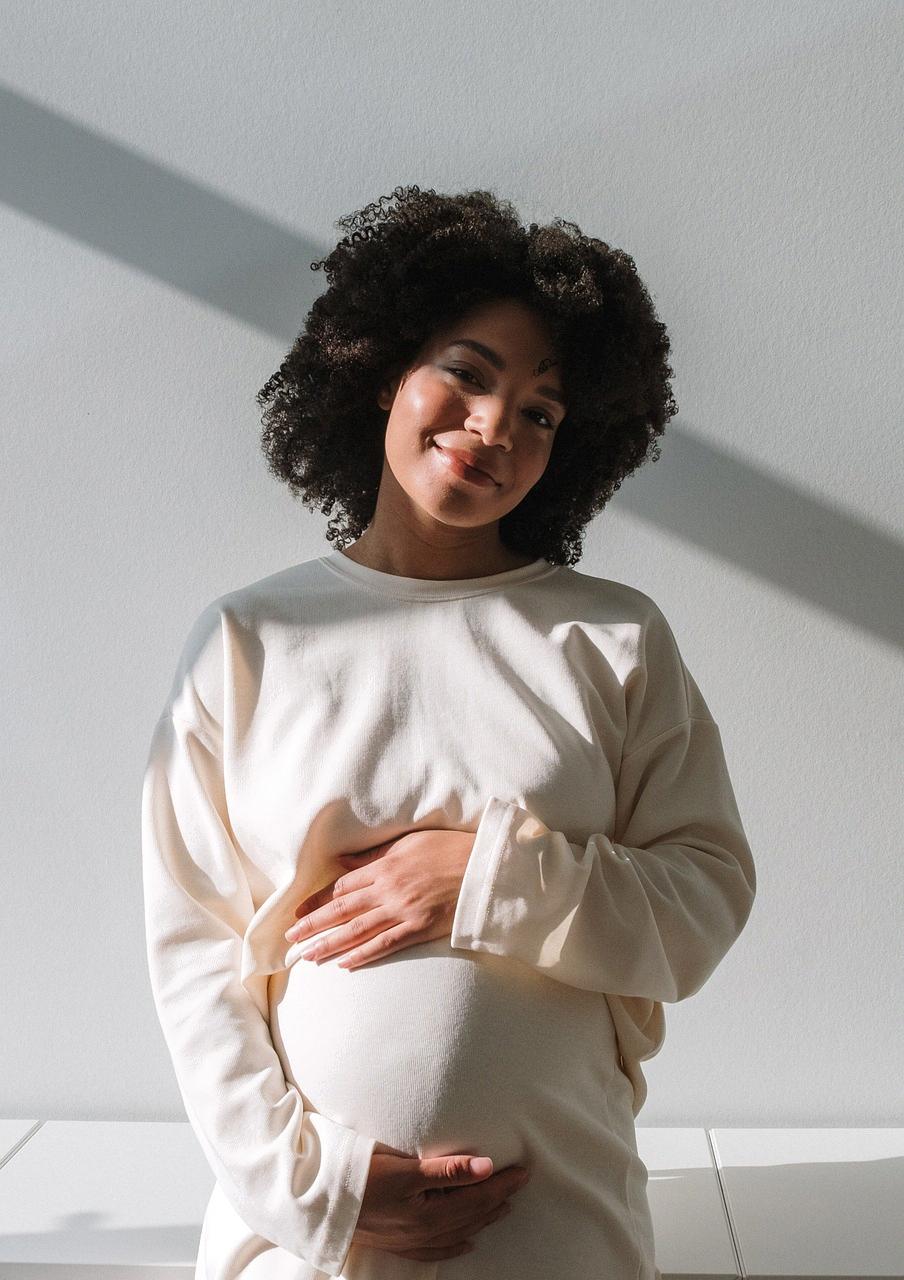The position of your baby in your belly can influence how you carry during pregnancy. Some women may carry high, where the baby is positioned closer to the ribcage, while others may carry low, where the baby is positioned near the pelvis. The way you carry is influenced by several factors, including the tone of your abdominal muscles, the shape of your body, and the position of the baby.
Implications of Carrying High
Carrying high may result in a more pronounced baby bump near your ribcage. This positioning could lead to discomfort in the upper abdomen and possibly affect your breathing due to the pressure exerted by the baby on your diaphragm. However, carrying high may also offer some relief in terms of heartburn, as the baby’s position may reduce the likelihood of acid reflux.
Potential Benefits of Carrying Low
On the other hand, carrying low may result in a baby bump that sits lower on your abdomen, closer to your pelvis. This positioning could alleviate pressure on the ribcage, making breathing easier. However, carrying low might increase the pressure on your bladder, leading to more frequent trips to the bathroom.
Considerations for Each Position
Carrying low or high does not inherently indicate any concerns about the health of your baby or their growth. The baby’s development is not determined by how you carry during pregnancy. Regardless of whether you carry low or high, a healthy baby can grow and thrive in the womb.
Physical Discomfort
It’s essential to listen to your body and address any discomfort you may experience while carrying low or high. Pregnancy can already bring various physical challenges, so ensuring your comfort through proper posture, gentle exercises, and adequate rest is crucial for a smoother journey.
Consulting Your Healthcare Provider
If you have concerns about how you are carrying or if you experience persistent discomfort, it is advisable to consult your healthcare provider. They can offer personalized guidance based on your unique situation and provide reassurance regarding your baby’s well-being.
Embracing Your Pregnancy Journey
Every pregnancy is unique, and the way you carry your baby is just one aspect of this extraordinary experience. Embrace the changes in your body and the fluctuations in how you carry, knowing that your body is adept at nurturing and protecting your growing baby.
Monitoring Baby’s Movements
Regardless of whether you carry low or high, paying attention to your baby’s movements is essential for monitoring their well-being. Feeling regular kicks, rolls, and flutters is a reassuring sign of your baby’s activity and vitality.
Preparing for Labor and Delivery
As you progress through your pregnancy, consider how the positioning of your baby may impact your labor and delivery experience. Your healthcare provider can provide insights into how the baby’s position may influence the birthing process and offer recommendations for optimal positioning.
Celebrating Your Unique Journey
Regardless of whether you carry low or high, remember that your pregnancy journey is a remarkable and transformative time in your life. Each woman’s experience of pregnancy is different, and the way you carry your baby is part of what makes your journey uniquely yours.
Final Thoughts
In conclusion, whether you carry low or high during pregnancy, it is essential to prioritize your comfort, monitor your baby’s movements, and seek guidance from your healthcare provider when needed. Embrace the changes in your body and the fluctuations in how you carry as part of the beautiful and awe-inspiring process of bringing new life into the world.

